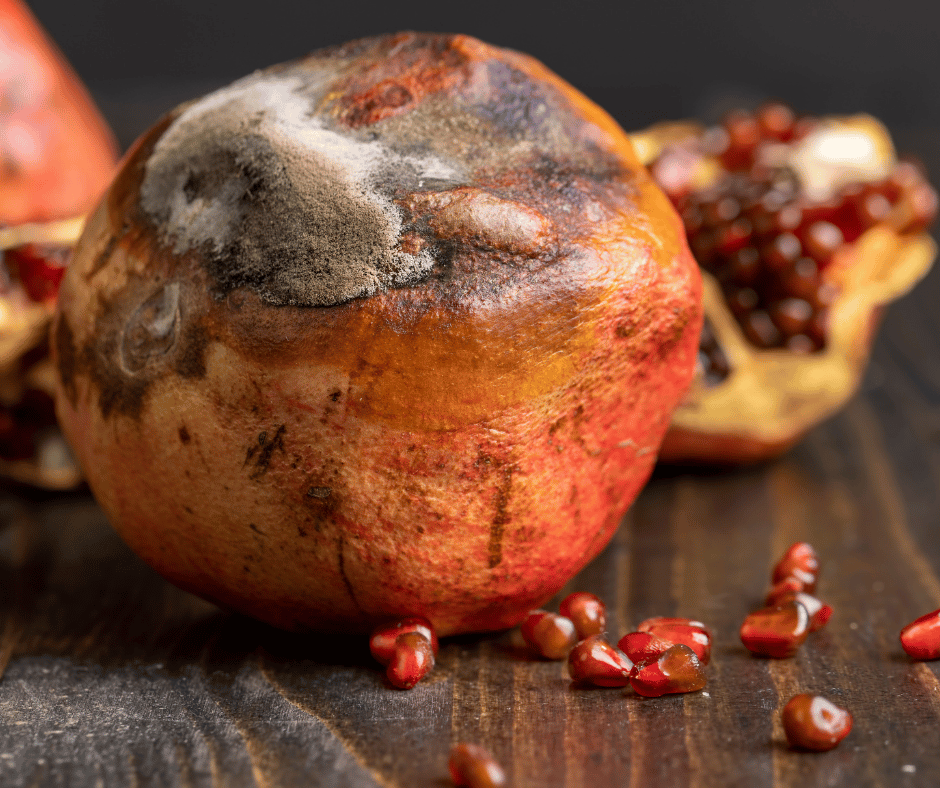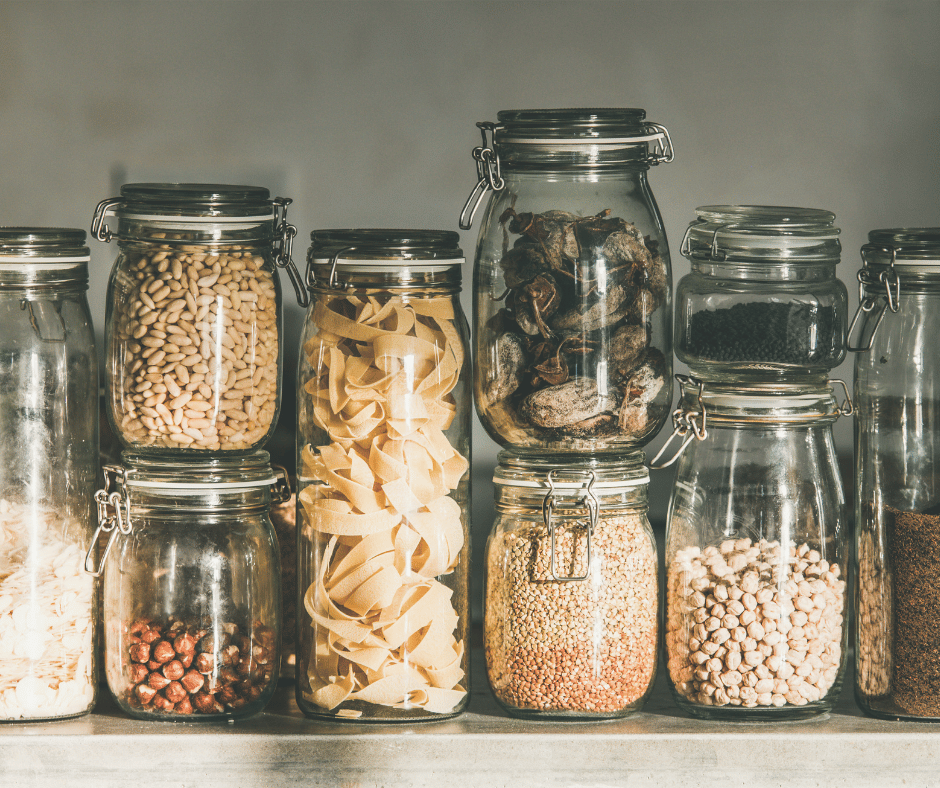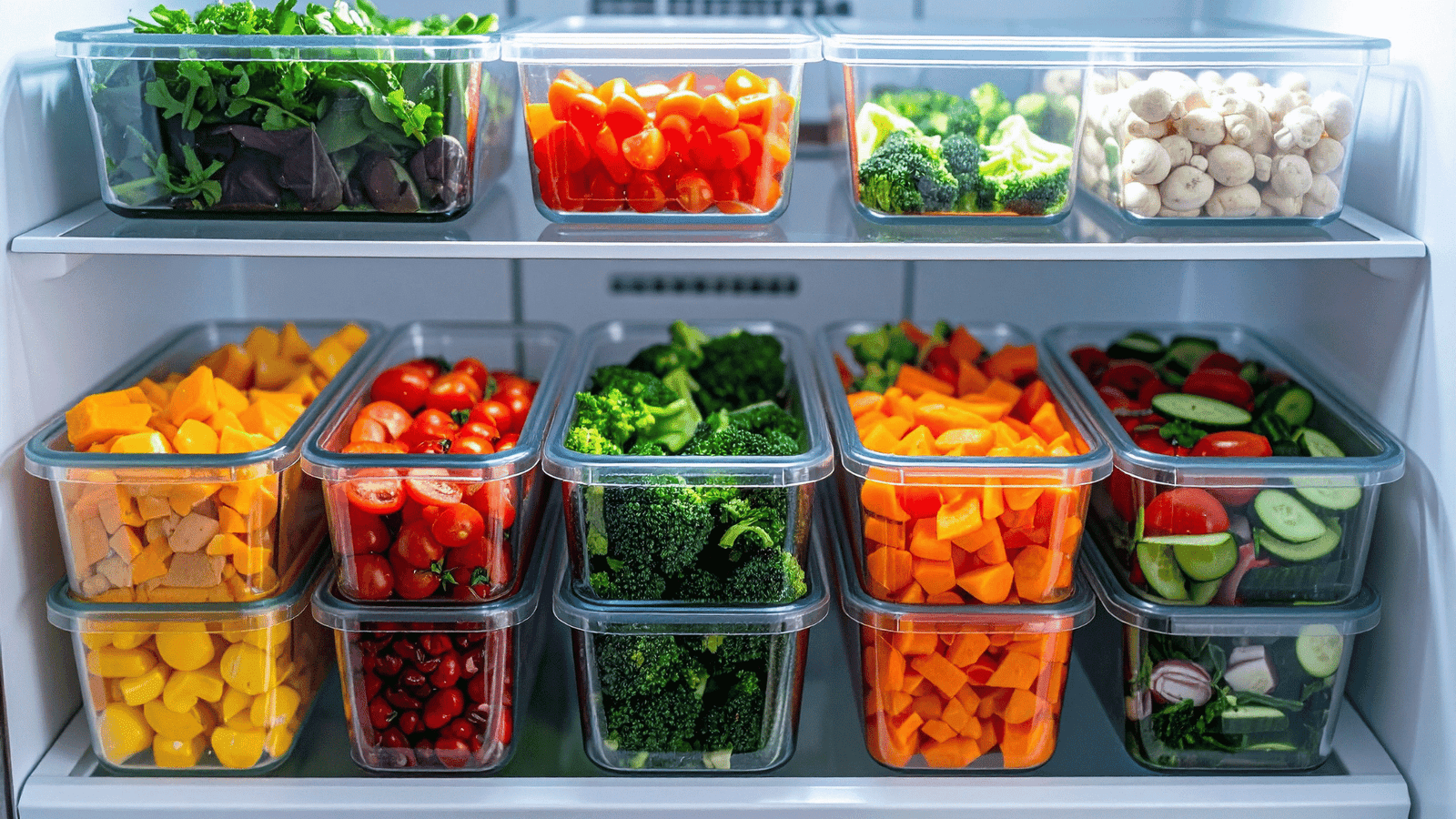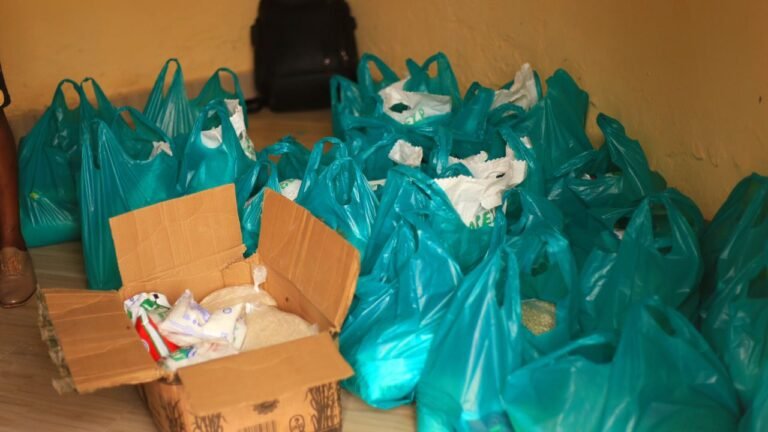How to Store Food Better and Make It Last Longer
In Uganda, like everywhere else, obuntu bulamu ( literally meaning humanity in community) includes ensuring we have enough food for our families. But sometimes, food spoils before we can eat it, leading to waste and financial problems.
This blog post will share practical food storage tips to help you keep your food fresh longer, reduce waste, and save money. Let’s dive into these practical tips.
Understanding Food Spoilage
Food spoilage happens due to several factors, including:
- Microorganisms: Bacteria, yeast, and mold thrive in warm, moist environments and can cause food to rot.
- Enzymes: Naturally present in food, enzymes can cause ripening and eventual decay.
- Oxidation: Exposure to air can cause discoloration and rancidity, especially in fats and oils.
- Pests: Weevils, rodents, and other pests can damage stored food.
Knowing these causes helps us implement effective storage methods.

Best Practices for Food Storage
1. Sorting and Cleaning Food
Before storing any food, sort through it and remove any damaged or bruised items. These can spoil quickly and contaminate the rest. Wash fruits and vegetables thoroughly to remove dirt and bacteria. Dry them completely before storing to prevent mold growth.
- Tip: For leafy greens like sukuma wiki and spinach, wash them, spin them dry, and store them in a container lined with paper towels to absorb excess moisture.
2. Proper Containerization
Using the right containers is crucial for food storage. Here’s a breakdown:
- Airtight Containers: These are ideal for dry goods like beans, rice, and flour. They prevent moisture and pests from getting in. Consider using reusable plastic containers or glass jars.
- Refrigerator Containers: Use clear, airtight containers to store leftovers and prepped ingredients in the fridge. This helps you see what you have at a glance and prevents food from drying out.
- Freezer Bags: For freezing foods, use freezer bags or containers specifically designed for freezing. Remove as much air as possible to prevent freezer burn.
3. Temperature Control
- Refrigerator: Maintain a refrigerator temperature between 1°C and 4°C (34°F and 40°F). Use a thermometer to check the temperature regularly. Store meat, poultry, and fish on the bottom shelf to prevent dripping onto other foods.
- Freezer: Keep your freezer at -18°C (0°F) or lower. Freeze foods quickly to maintain their quality. Label and date all frozen items.
- Pantry: Store dry goods in a cool, dark, and dry place. Avoid storing food near the stove or oven, as heat can accelerate spoilage.
Pro-Tip:
Store maize flour (posho) in a well-sealed container and add a few dried chili peppers to ward off weevils.
4. First In, First Out (FIFO)
Always use the FIFO method, use older items before newer ones. This prevents food from expiring at the back of your pantry or refrigerator. When you buy new groceries, place them behind the older ones.
5. Specific Food Storage Tips
- Tomatoes: Store tomatoes at room temperature, away from direct sunlight. Refrigerating them can make them lose their flavor.
- Onions and Garlic: Store onions and garlic in a cool, dry, and well-ventilated place. Do not store them in plastic bags, as this can trap moisture and cause them to sprout or rot.
- Potatoes: Store potatoes in a cool, dark, and dry place. Avoid storing them near onions, as they can cause each other to spoil faster.
- Bananas: To slow down ripening, separate bananas from the bunch. You can also wrap the stem in plastic wrap.

6. Reducing Moisture
For dry goods, moisture is the enemy. Consider adding a desiccant (moisture-absorbing) packet to your storage containers. You can make a simple desiccant packet by wrapping rice in a cloth or using silica gel packets (often found in shoe boxes). Ensure these packets don’t come into direct contact with the food
7. Recognizing Spoilage
Learn to recognize the signs of food spoilage:
- Unpleasant odor: A foul smell is a clear sign that food has gone bad.
- Visible mold: If you see mold growing on food, discard it immediately. Don’t just cut off the moldy part; the entire item may be contaminated.
- Slimy texture: A slimy texture on fruits, vegetables, or meats indicates bacterial growth.
- Discoloration: Unusual color changes can also signal spoilage
Addressing Common Challenges in Uganda
Challenge: Limited access to refrigeration for many families.
Solutions:
- Traditional Methods: Utilize traditional methods like drying foods in the sun or smoking meat to preserve them.
- Root Cellars: If possible, create a simple root cellar in a cool, dark place to store root vegetables like potatoes and carrots.
- Community Refrigeration: Explore the possibility of community refrigeration initiatives, where families can share access to a refrigerator.
Additional Tips for Sustainability
- Plan your meals: Before going shopping, plan your meals for the week to avoid buying more food than you need.
- Shop smart: Buy only what you need and avoid impulse purchases.
- Use leftovers: Get creative with leftovers. Turn them into new dishes or freeze them for later.
- Compost food scraps: Compost vegetable peels, fruit cores, and other food scraps to reduce waste and enrich your garden soil.
Conclusion
By implementing these food storage tips, you can significantly reduce food waste, save money, and ensure your family always has access to fresh, nutritious food.
Remember, waste is a shame – let’s all strive to be more mindful about how we store and use our food. Small changes can make a big difference in our homes and communities.








